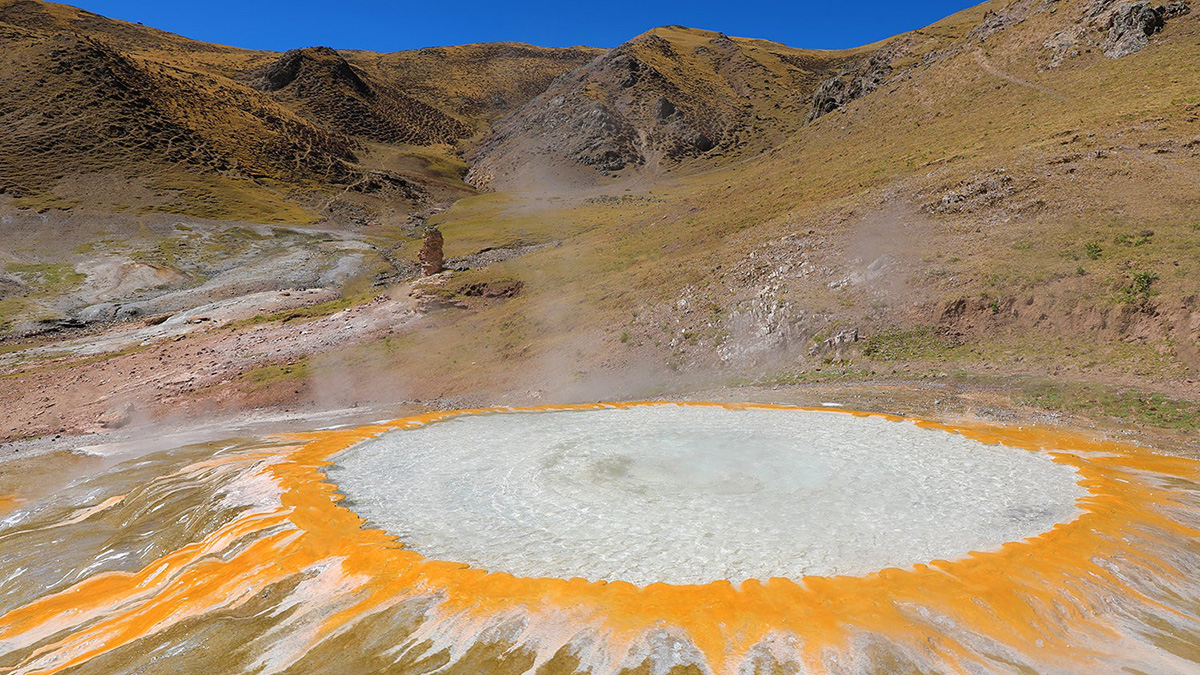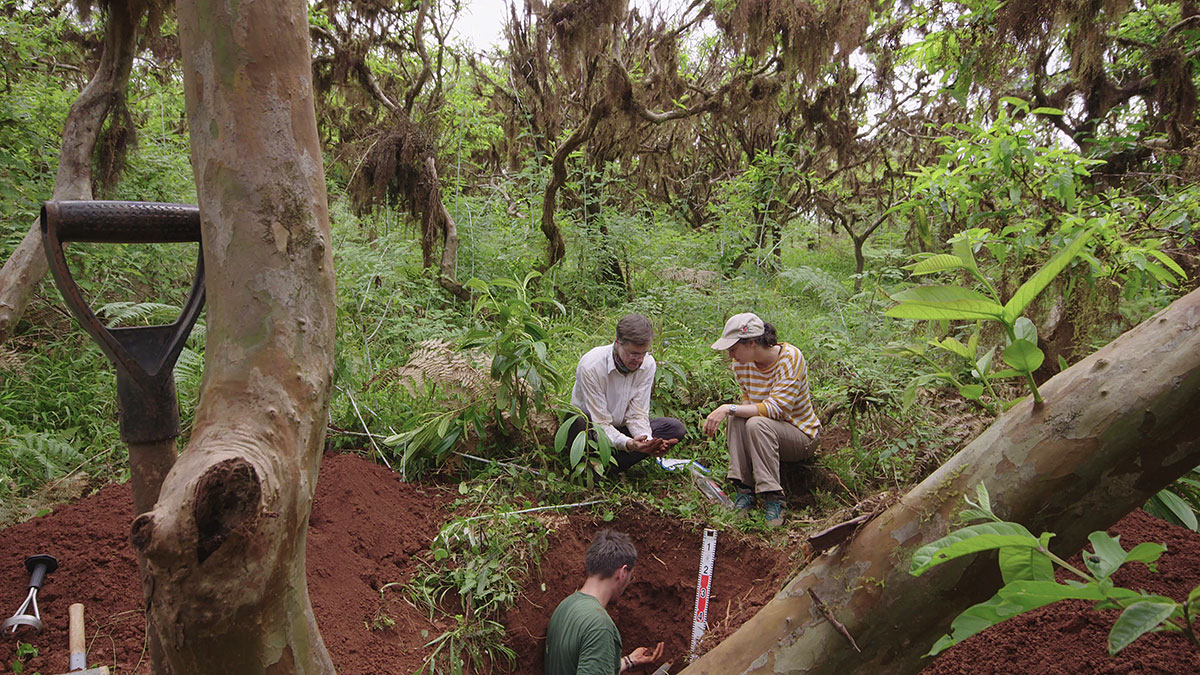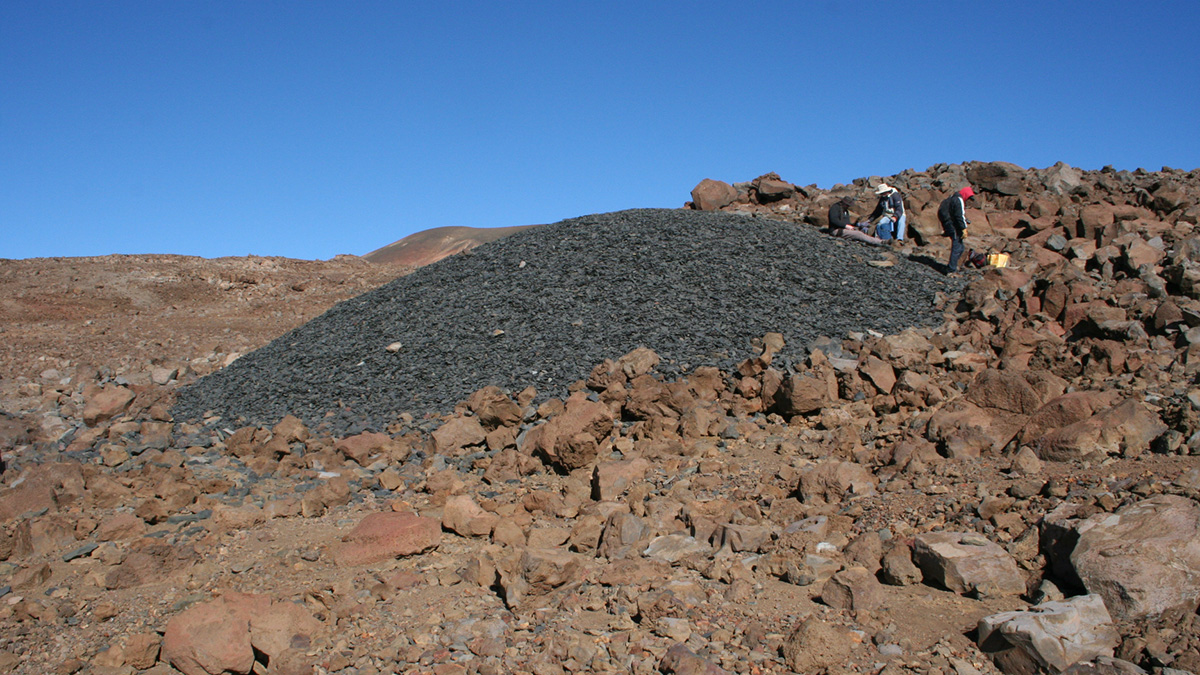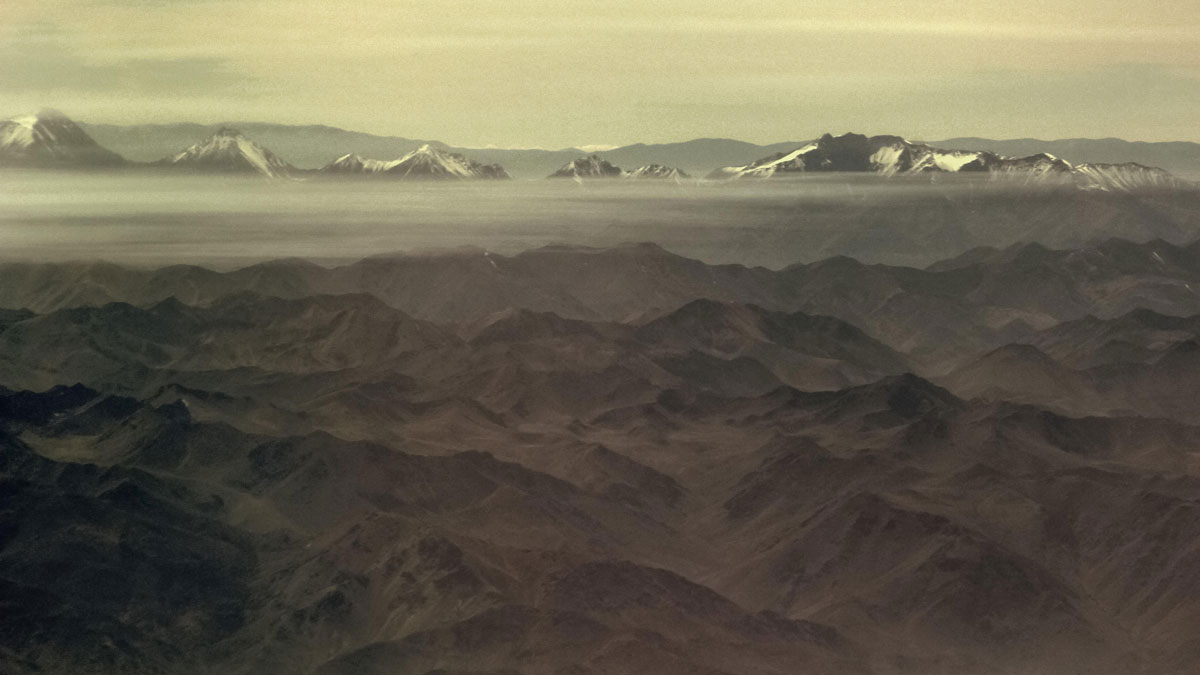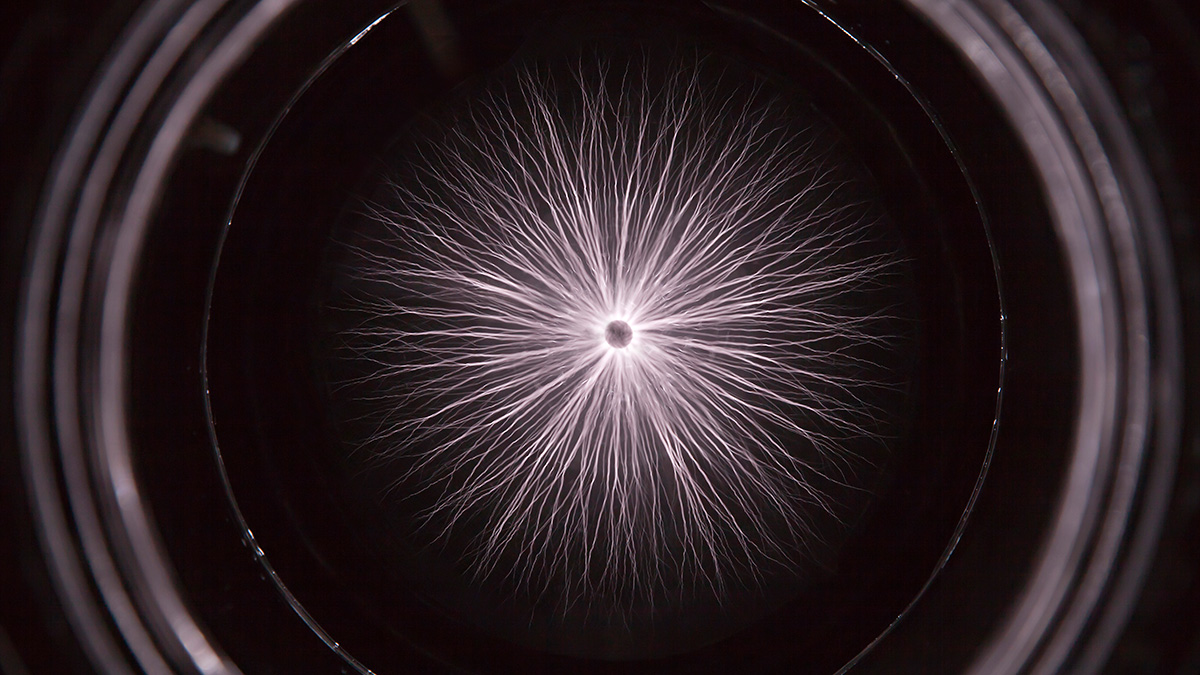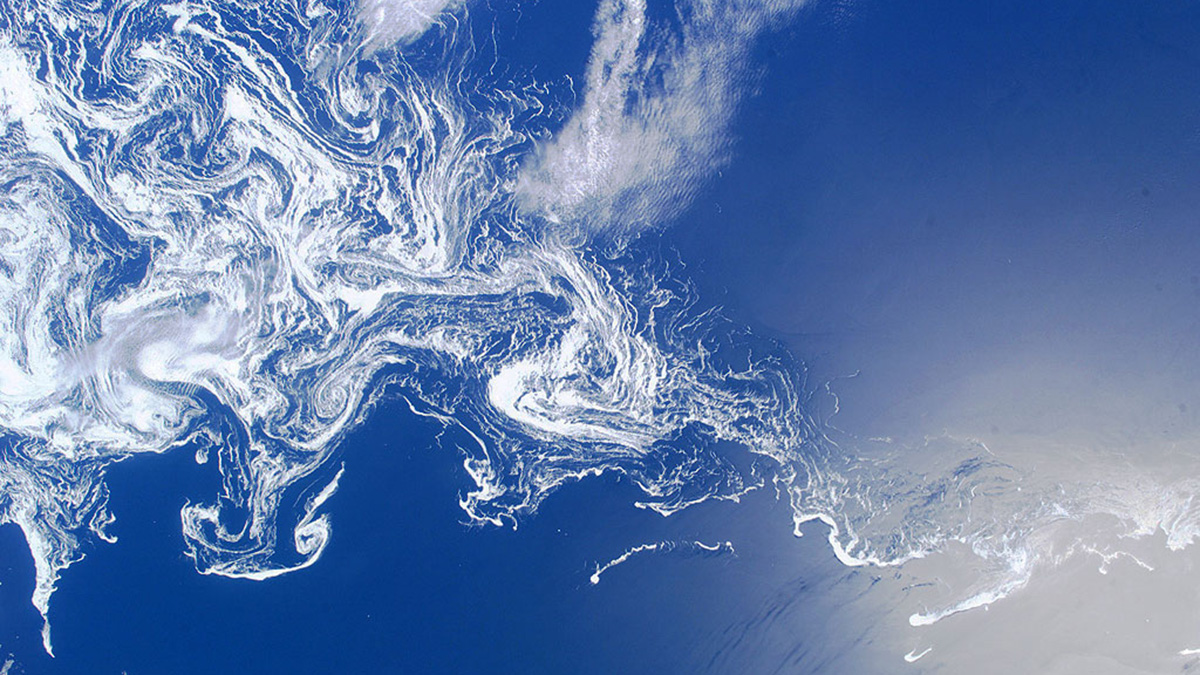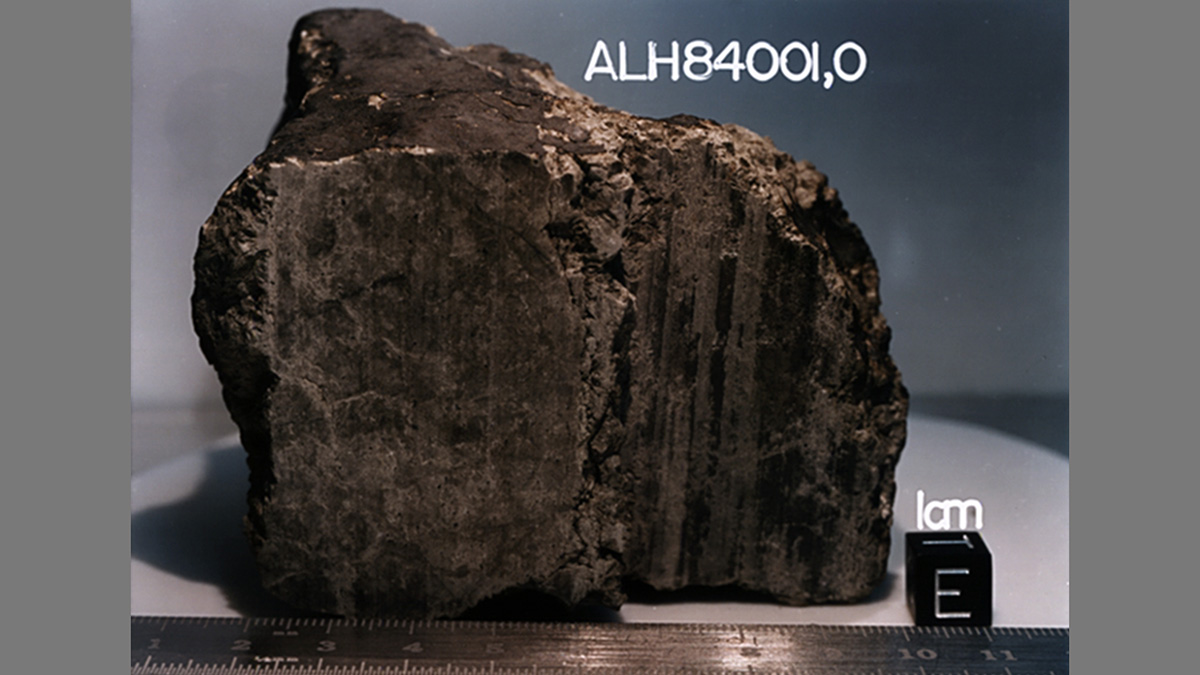Helium isotopes found in water samples provide a snapshot of what lies beneath the plateau and stimulate debate within the geosciences community.
geochemistry
Magma Lingers at Different Depths on the Basis of Its Water Content
The discovery, gleaned from observations of volcanoes on four continents, could help constrain models of volcanic eruptions.
The Galápagos Islands: The Ultimate Outdoor Soil Science Laboratory
A new study has spurred further research into the impacts of soil formation on modern-day problems like heavy metal contamination in agricultural soils.
Geochemical Data from Polynesian Artifacts Pack Pofatu Database
A new resource may help match artifacts with their original stone sources—“a really a niche part of archaeology that requires geological expertise.”
Iodine-Laden Desert Dust Is Eating at Ozone Pollution
In a happy accident, scientists found a potential solution to an atmospheric chemistry mystery. Their findings could be a missing piece in the iodine cycle and in atmospheric models.
Innovators Tackle Toxic “Forever Chemicals”
New technologies seek to remove and destroy dangerous PFAS chemicals in contaminated water.
Oxygen Levels Measured in a Lung of the Deep Ocean
The Labrador Sea “inhales” oxygen and supplies it to deep-sea life across the world. But its breath could be threatened by climate change.
Tecnología de punta, serendipia y los secretos del Stonehenge
El primer análisis exhaustivo de lo qué están hechas las piedras sarsen se produjo con nueva tecnología y buena suerte a la antigua.
Good News: Rocks Crack Under Pressure from Mineral CO2 Storage
When carbon mineralizes in stone, each new fracture exposes more surfaces that can react with and trap CO2, enhancing a rock’s storage capacity.
A New Explanation for Organics on a Mars Rock That Fell to Earth
Organic molecules on a Martian meteorite have fueled nearly 30 years of scientific debate. New evidence suggests they were formed by Martian processes, offering more support for a once habitable environment on the Red Planet.

